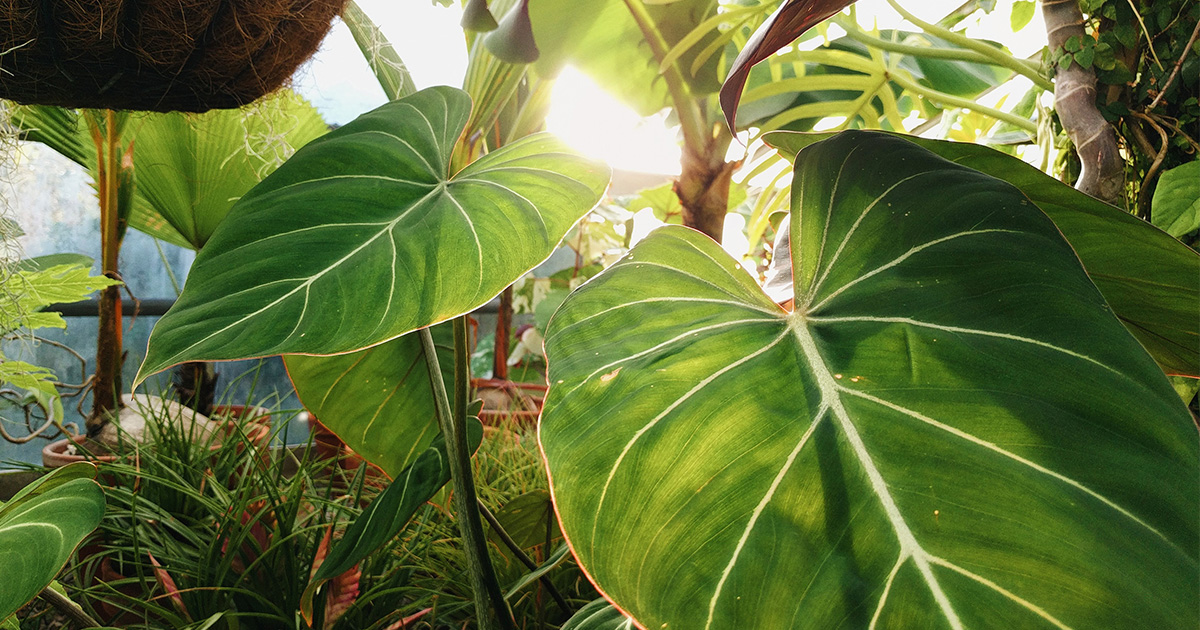- cross-posted to:
- science@beehaw.org
- cross-posted to:
- science@beehaw.org
Awesome, thank you for bringing this to my attention!!
I much prefer the title of the original work: “Quieting a noisy antenna reproduces photosynthetic light-harvesting spectra”
As opposed to: “Why Are Plants Green? To Reduce the Noise in Photosynthesis.”
The second title is way too confident, and the authors of the work never made a claim as bold as that in their paper!
The idea is super interesting, and a good case can be made that this principle of output stabilization is fundamental. Figure 3. is compelling, so I am going to try to really dissect this paper over the weekend to see if I am convinced.
But… they show only 3 hand-selected cases, amplitudes are not considered, and it is a very simplified system. Supplementary Material section 2.2 (Section 2.2. Discussion of Degenerate Peaks in the Model Optimization) also makes me raise an eyebrow…
The conventional idea is: an absorption threshold should not be exceeded to avoid damage, but there is no lower threshold. If the idea proposed in this work is correct, then the bounds to the optimal region now present not only an upper but also a lower threshold. The authors write:
In photosynthesis, an overpowered antenna will produce excess energy that can drive deleterious back reactions (24, 25). Conversely, a light-harvesting network in an underpowered state produces nonoptimal output, because the rate of energy transfer out of the network is fixed by electrochemical processes (26).
Their statement about the excess energy is well established, but the claim about the ‘underpowered state’ is not. Citation 26 is an old (1980) paper on the basics of electrochemistry in photosynthesis, so they did not make a large effort to justify this claim.
Compelling, interesting, and the implications can be profound. But there is still a lot of room for debate! I am still very very skeptical.
I am growing some small plants under artificial lighting - should I place a fan in between the lamp and some of the seedlings to see if this added light variability has an effect? I am kidding, my conditions wouldn’t be controlled enough to be worth it. But a well-designed experiment of this kind could be done in the lab. I suspect that the plants would be virtually unaffected by large fluctuations of intensity below the damage threshold… In which case there wouldn’t be much of a selection pressure towards such network optimization.
Removed by mod
Removed by mod



